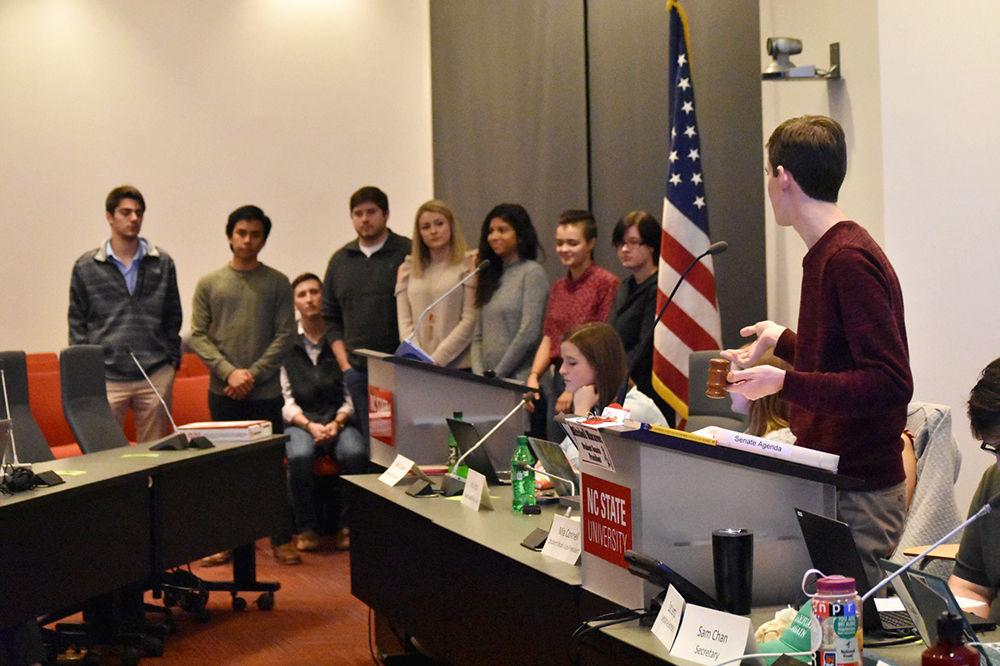With campaigning underway, student senator positions remain sparsely filled with only two colleges having more candidates filed to run than seats available.
Filing for senator positions is low this election season, with two colleges without any candidate filed. Only the Division of Academic and Student Affairs and the College of Humanities and Social Sciences have more applications from candidates than seats available, making them the only contested races.
“I think this year is a little lower across the board,” said Student Senate President Mitchell Moravec, a fifth-year studying material science and engineering and psychology. “But there’s always been certain delegations… it’s just a matter of where the pulse is at and how well current senators do at advertising their openings.”
Senator elections and results follow the same timeline as those for student body officers; however according to Anna Kate Whitfield, a fourth-year studying political science and Board of Elections chair, there are some key differences in voting.
“Senators are elected by the people in their colleges,” Whitfield said. “You’re only going to be able to vote for a senator if they are representing you, whereas in the student body officer elections anyone can vote for those people. The other main difference is you can vote for more than one person in those elections, so if there are six seats in the Poole College of Management, you can vote for up to six people.”
Whitfield also emphasized the importance that senators have in Student Government and why it is crucial for those seats to be filled.
“Senators do a lot of the background work of Student Government,” Whitfield said. “They’re those ones creating legislation, coming up with programs that really benefit students. Student body officers serve as a face for Student Government and push big initiatives, but a lot of those ideas come from student senators and the work they’ve been doing during their time in Senate.”
While the majority of Student Senate candidates are running uncontested, Moravec said that it does not mean they should not campaign.
“Senators should be using the opportunity to establish those connections,” Moravec said. “Really just hear the issues as they come into Senate because while, yes, you can do that throughout the session, you should be able to come in with some ideas and be like ‘this is why I’m running.’”
However, even though filing has been low, there is a way for seats to be filled throughout the session through an appointments process by the Student Senate president.
“There is an appointments process after the elections happen,” Whitfield said. “Empty seats — people can be appointed to them. After a new Senate president is elected, they’ll go through the process to start appointing people to those seats.”
According to Moravec and his experience as Senate president, finding students to fill empty Senate seats has not been an issue because appointments are accepted throughout the session.
“I don’t think it’s ever been an issue,” Moravec said. “I opened applications at the beginning of the year and got tons of applications for these open seats and the same has happened previously, so it’s just a matter of if we missed it with elections, we really got to push hard for publicizing appointments and getting a good representative pool of people to pick from and get approved to be on senate.”
Moravec said he has worked to ensure that colleges with empty Senate seats are known to students throughout the school year because the legislative branch of Student Government is important for ensuring that students’ problems are heard.
“I wish students knew that their issues and concerns no matter how small, can be handled by Student Senate,” Moravec said. “Anything that they deal with every day can be a part of a larger issue and can be solved through Student Government advocacy.”
Voting for all student government elections begins Feb. 26 at 8 p.m.








